Silent films stopped being the norm by the 1930s, but periodically, there was a desire to return to a world before “talkies” that brought film to the forefront. 2024’s Hundreds of Beavers is one of those films. It’s a movie that returns to the classic comedy of Charlie Chaplin’s Gold Rush while feeling like a live-action Wile E. Coyote cartoon. It does, however, feature some things that would have never appeared on screen in the early 20th century. (A stripper pole for example.) While the film is a bit of a novelty, I found it refreshing. It’s lack of dialogue forced me to sit down and pay attention. It was a dose of medicine I think many of us are looking for, even if we don’t know it.
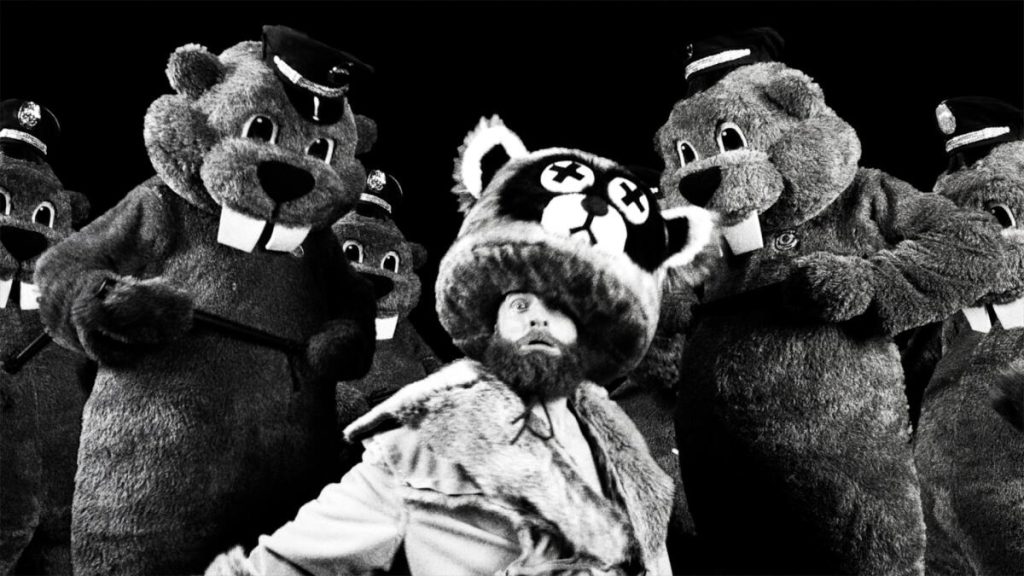
Are you doomscrolling through films?
If you’ve found yourself at a theater recently, you might have also noticed someone mid-film pulling out their phone to check Instagram. Maybe they need to know the scores of a sports game. Or maybe it’s just instinct. Unfortunately, the 2020 pandemic has created some terrible habits. One is how often we distract ourselves from the films we used to use as distractions. The adoption of “second screens” has become fairly normal. In the last few years, you may have caught yourself scrolling while on the couch or fighting the urge to not at a movie theater. Why though?
According to a 2019 University of Connecticut study, more than half of people, ages of 18-24, used their phones while watching TV. With the pandemic, that habit surely skyrocketed, and not just with Gen Z. I would include myself and a selection of friends and family in this group. The reasoning for why we do it tends to fall on getting constant dopamine hits. It’s the same type of dopamine hit as a gambler at a casino playing multiple slot machines at once. They are juggling machines, waiting for something to hit. The larger problem, according to that 2019 study, is we are losing our ability to maintain information and to focus.

Have you seen The Artist?
Hundreds of Beavers isn’t the first 21st-century silent film. Back in 2011, The Artist, a French-made black-and-white film about the transition from silent movies to “talkies,” became an international hit. It would be a success at the box office and would scoop up a ton of prizes, including the Best Picture statue at the Academy Awards.
This was my first silent film, and I remember it vividly. I opted to go see it at a local art-house theater. One that had been around for 100 years. A no-frills, small theater with only one screen and no stadium seating. I was the youngest person there for a Sunday matinee by at least 3 decades. Among the white-haired folks and the sound of popcorn hitting teeth, I watched in complete awe. Never once did I think of the outside world. The Artist had forced me to pay attention, and it gave me reasons too. Leaving that little theater, I vowed to tell everyone I could about a movie that had changed my perception of what a movie was. I purchased it on DVD when I could. Showing everyone who would give it a chance became a passion. I just hoped people would feel exactly how I felt.
Silent films helped better my attention span
The feeling of total escapism while also maintaining attention is a rarity in today’s world. What was gifted to me by that 2011 theater viewing is something I wish to have maintained. That’s why I’ve opted to begin watching silent films again. Not new films trying out the novelty, but the classics. Films that people saw before they could even think of sound pictures. This was a bit of a gap for me as someone who loves movies of all types. Most people aren’t seeking out silent films these days. Spending nights with these movies, I’ve come to the conclusion that my 2011 viewing of The Artist wasn’t a singular event. Silent films have helped me regain my attention span. Some have even become favorites. I’ve been on Letterboxd giving out 5-star reviews to movies older than my grandparents. Watching silent films has given me a sense of joy and escapism that only the rarest of theater-going experiences have.
If you are interested and a bit disciplined, I believe it can be a worthwhile experience. Will it be a complete cure for your attention span? Likely not. That takes time and practice. A silent film will force you to put away your phone or tablet, though. Picking it up to check something “really quick” will leave you without context. Luckily, at home, we can rewind and try again. Also, thanks to streaming, a ton of these films are available for free or included in a package you already have. So where do you start? What films should you watch?
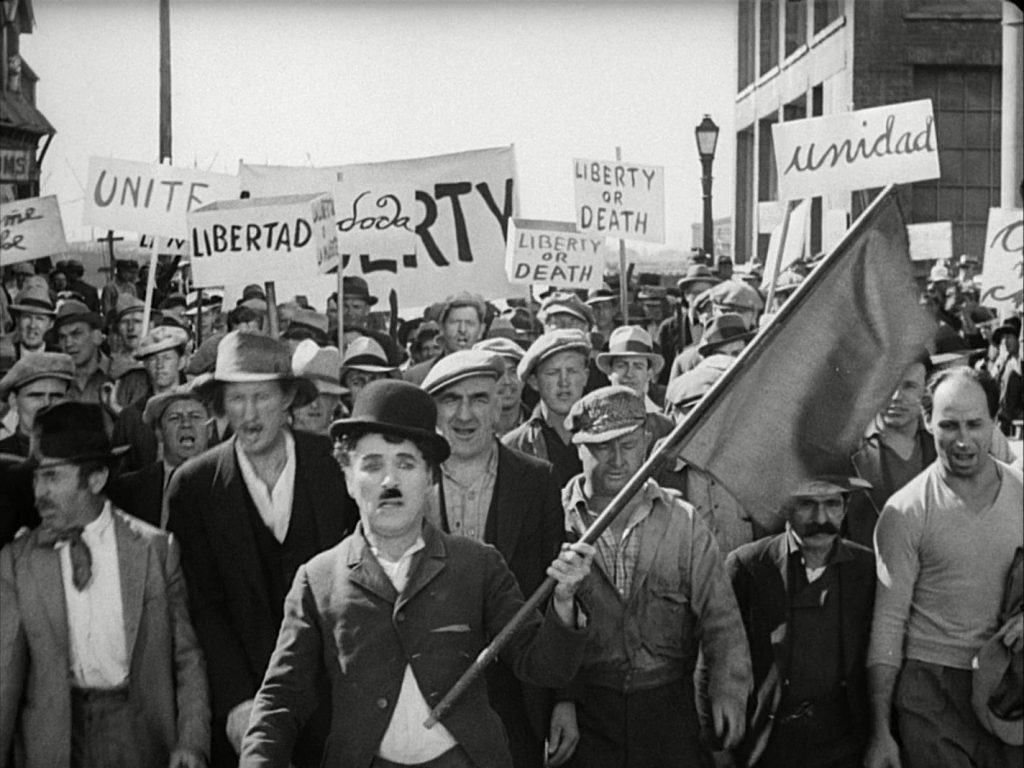
The comedies to watch
You can’t go wrong with Chaplin. He was the biggest film star in the world for a reason. His blend of comedy and story is fantastic. It also helps that most of his films clock in at 90 minutes or less. You aren’t committing half of your day to watching. People debate his best film, but Modern Times might be his funniest film, with a story about industrialization and economics that still resonates today. Another to watch is City Lights. This film has a better story. Chaplin falls in love with a young blind woman, and he pretends to be rich in order to win her love. It’s Chaplin, so of course, hijinks ensue, and the comedy barrels through nearly every scene, but it has romance, crime, and drama.
Another comedy legend of the time, Buster Keaton, brings something similar to Chaplin, but isn’t as polished. While Chaplin was a master of storytelling, Keaton is simply a master of comedy. The General is a great place to start. It’s a story based around a train conductor during the Civil War. It was an expensive, bold action comedy that has only gotten better and more important over time. Steamboat Bill, Jr. is another Keaton movie that, while not popular during its time, plays out well and historically is a significant movie. You are likely familiar with the Mickey Mouse cartoon Steamboat Willie, the first-ever sound cartoon. It lampoons both the name and action of this classic Keaton movie.
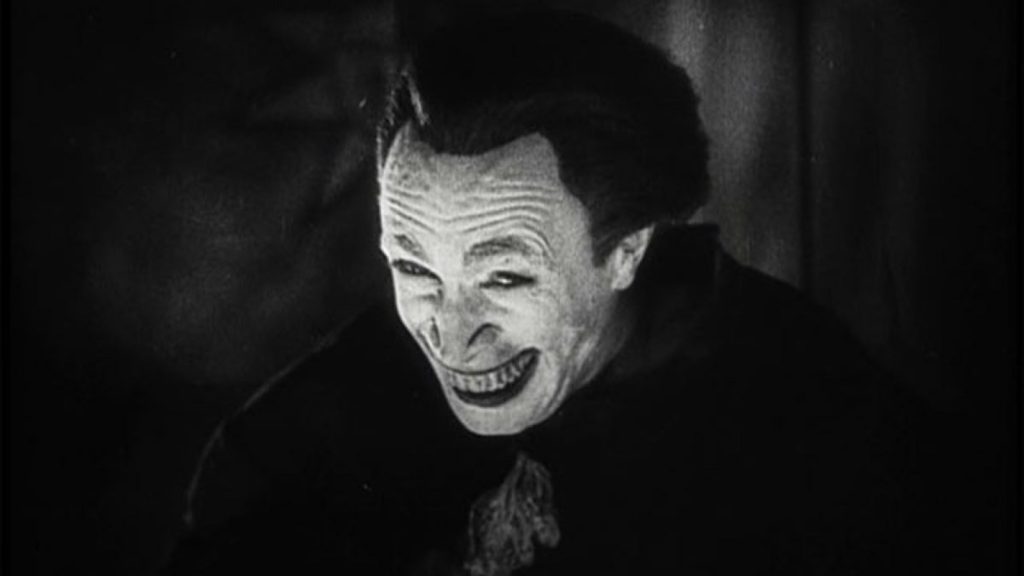
The dramas to watch
If you are familiar with Batman (who isn’t), then you know what the Joker looks like. That image is derived from the movie The Man Who Laughs which is based on the Victor Hugo novel of the same name. It’s about a young man who is disfigured with a permanent smile. Think of it as The Joker but with more romance and less violence. Along the same lines is The Cabinet of Dr. Caligari, a film about a hypnotist who does so in order to make someone commit murders on his behalf. Both movies come from the German Expressionist movement that feels like it’s straight out of Tim Burton’s brain.
Metropolis is a science fiction film set in a future where the lower and upper classes are more distant than ever, and robots are being built to work. It doesn’t exactly look like our current social and political landscape, but it still resonates just as it did in the 1920s. Its stunning backdrops and imagery have stood the test of time. You’ve likely seen some of it, or maybe the film’s poster, but didn’t know.
Of course, there are a slew of other silent films. These are just the ones I’d recommend to start with. Hundreds of Beavers and The Artist are also great entry points. So put down your phone for a while. Turn up the volume to hear the musical score of each. Grab a snack and a drink. Escape into the (silent) movies for a while. You might find your attention span better off in the end.
For more on Movies, make sure to check back to That Hashtag Show.

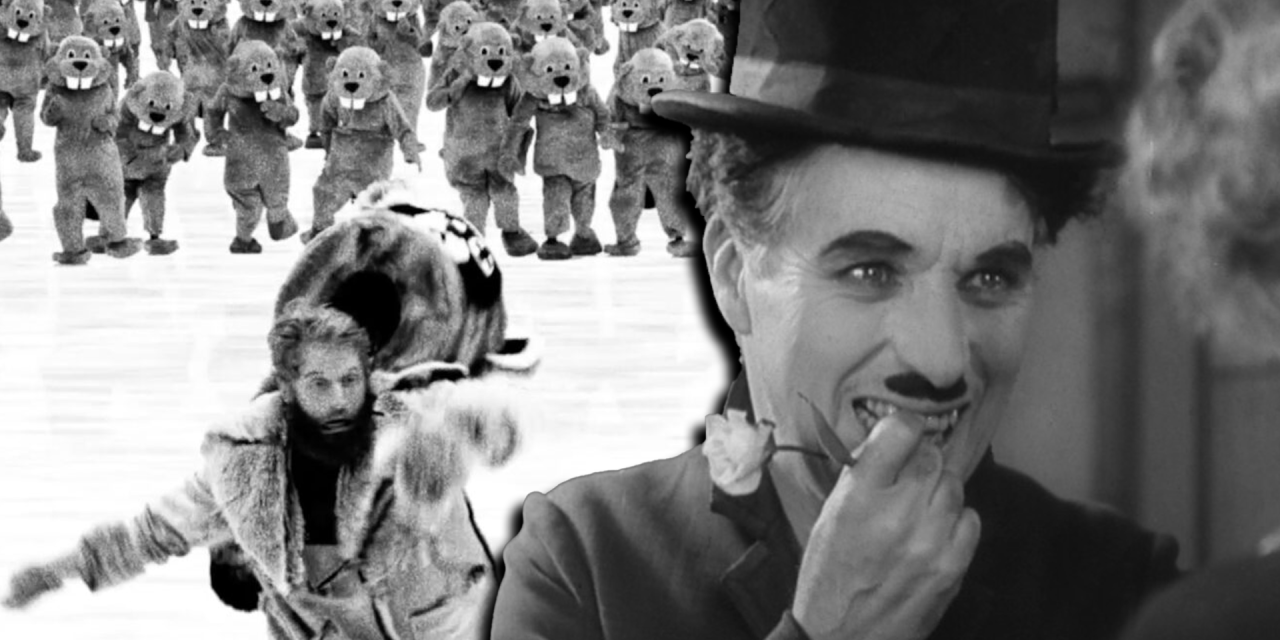

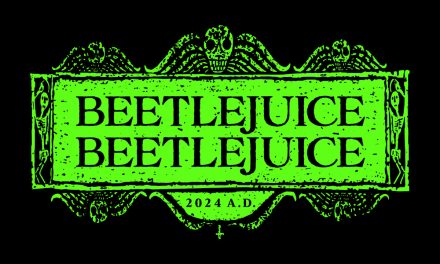
![Elvis: A Visual Spectacle Too Shallow To Be Called ‘The King’ Of Biopics [Review]](https://thathashtagshow.com/wp-content/uploads/2022/06/project_20220621_1525228-01-440x264.png)
